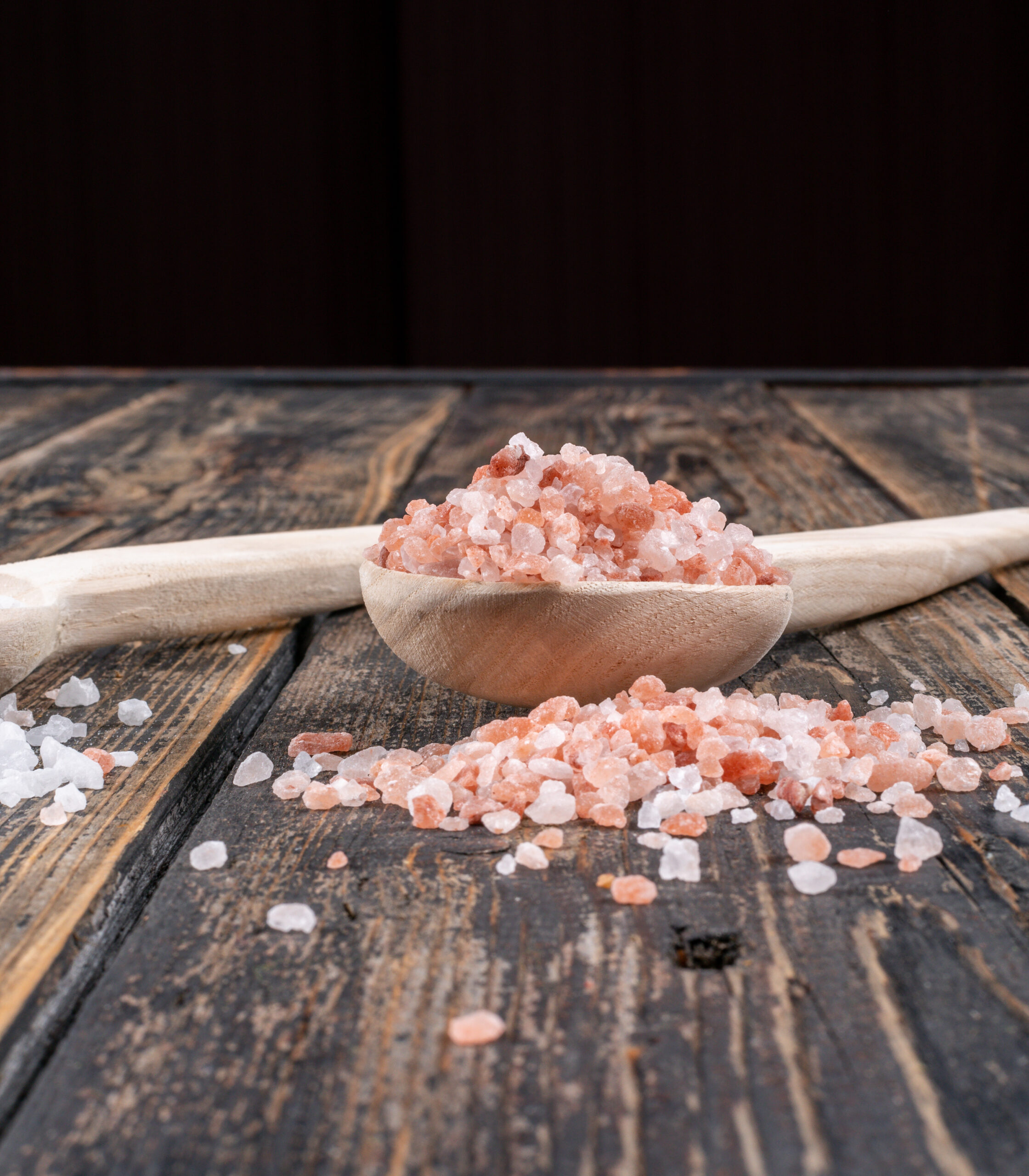A salt lick is a block or deposit of salt that animals, particularly herbivores and livestock, instinctively lick to supplement their diets with essential minerals. These blocks can be naturally occurring in the wild or artificially produced for use in agriculture. Salt licks play a vital role in the health of various animals by providing them with the necessary nutrients that are often lacking in their plant-based diets. This guide explores the different types of salt licks, their uses, benefits, and the reasons why they are crucial for animal health.
Algohar World natural salt lamps that are believed to provide various benefits, combining both the aesthetic appeal and the potential health advantages associated with Himalayan salt lamps.
What Is a Salt Lick?
A salt lick is a natural or artificial source of essential minerals that animals consume by licking the surface of the salt block or deposit. These minerals, especially sodium and chloride, are critical for maintaining bodily functions like muscle movement, fluid balance, and nerve transmission.
Natural Salt Licks
Natural salt licks occur in the environment, typically where mineral-rich soils or rocks have been exposed. Animals such as deer, elephants, and horses are drawn to these areas, instinctively knowing that the salt provides nutrients they cannot obtain from plants alone. Natural salt licks have been discovered in various parts of the world, including forests, grasslands, and mountainous regions.
Artificial Salt Licks
In agricultural and domestic settings, artificial salt licks, also known as **mineral licks**, are produced in block or loose granular forms. These are provided to livestock such as cows, horses, sheep, and goats to supplement their diets. These artificial salt licks are often fortified with additional minerals such as calcium, phosphorus, and magnesium to further support the health of the animals.
Types of Salt Licks
There are various types of salt licks available, each with different mineral compositions depending on the intended use and the needs of the animals consuming them. These are the most common categories:
Plain Salt Licks
Plain salt licks consist primarily of sodium chloride (table salt). These licks are the simplest form and are used to provide animals with basic sodium and chloride, which are essential for fluid balance, digestion, and nerve function.
Mineral Salt Licks
These salt licks contain a mix of sodium chloride and other important minerals like calcium, magnesium, phosphorus, and trace elements such as zinc, iron, and copper. These licks are especially useful for animals that require a broader range of nutrients, like livestock, which may not get enough minerals from their feed alone.
Sulfur Salt Licks
Sulfur salt licks are infused with sulfur, which is important for wool-producing animals like sheep and goats. Sulfur supports healthy wool growth, skin condition, and overall immunity.
Note: salt lick play a crucial role in the health and well-being of both livestock and wild animals by providing essential minerals like sodium, chloride, and trace elements.
Himalayan Salt Licks
Himalayan salt licks are a more natural alternative to processed salt blocks. These are made from pink Himalayan rock salt, which is mined from the Khewra Salt Mine in Pakistan. These blocks contain over 80 trace minerals and are popular for both livestock and pets due to their purity and natural mineral content.
Why Do Animals Need Salt Licks?
Animals, particularly herbivores, require a variety of minerals to maintain their overall health and well-being. Many of these essential minerals, especially sodium, are not present in sufficient quantities in plant-based diets. The consumption of salt licks helps animals meet their nutritional needs and maintain vital bodily functions.
Sodium: A Vital Nutrient
Sodium is one of the most important minerals that animals obtain from salt licks. It plays a key role in muscle contractions, nerve signaling, and fluid regulation. Without enough sodium, animals can experience muscle weakness, poor appetite, and other health problems.
Chloride for Digestion
Chloride, another key component of salt, is crucial for the production of stomach acid (hydrochloric acid). This acid is essential for digestion, particularly in animals that eat fibrous plants. Chloride helps break down food, allowing animals to absorb nutrients effectively.
Trace Minerals for Growth and Reproduction
Salt licks that contain trace minerals, such as zinc, copper, and iron, support growth, reproductive health, and immune function. These minerals are especially important for young and breeding animals, helping them develop strong bones, healthy coats, and efficient metabolic processes.
Conclusion
Salt licks play a crucial role in the health and well-being of both livestock and wild animals by providing essential minerals like sodium, chloride, and trace elements. Whether used for improving livestock productivity, supporting wildlife health, or attracting animals to specific areas, salt licks offer significant nutritional benefits. However, careful placement and monitoring are essential to prevent overconsumption and ensure the best outcomes for animal health.
